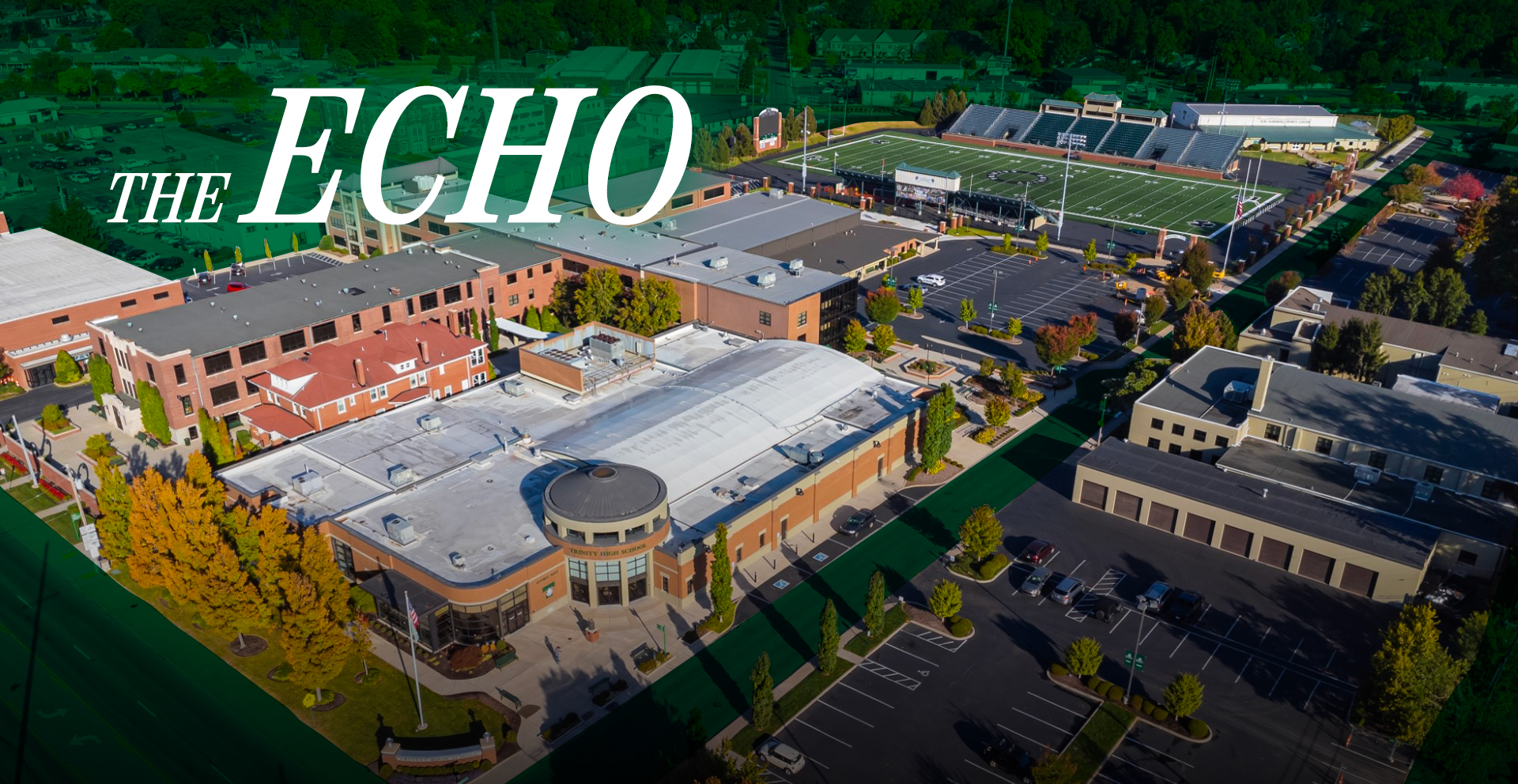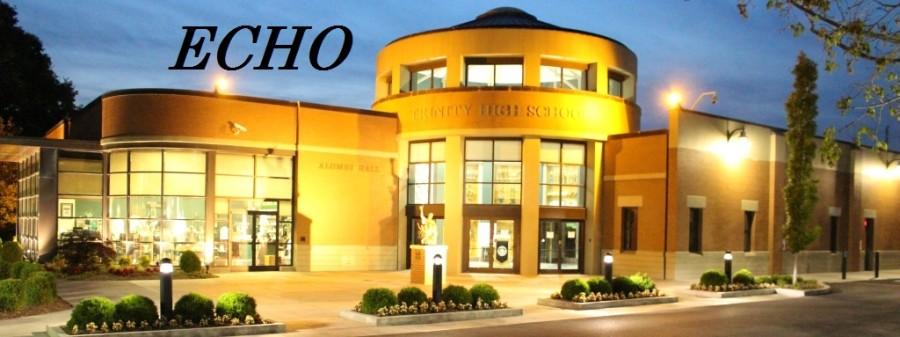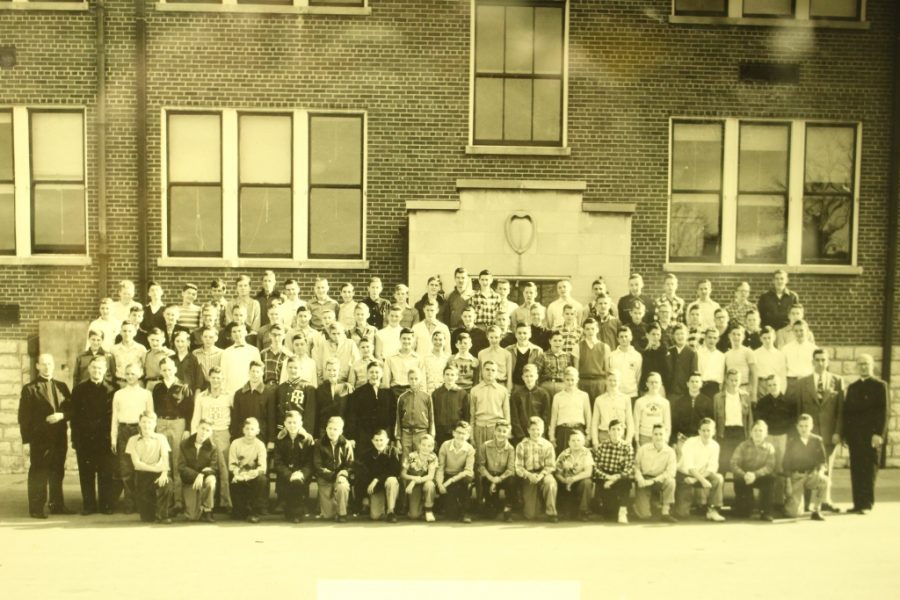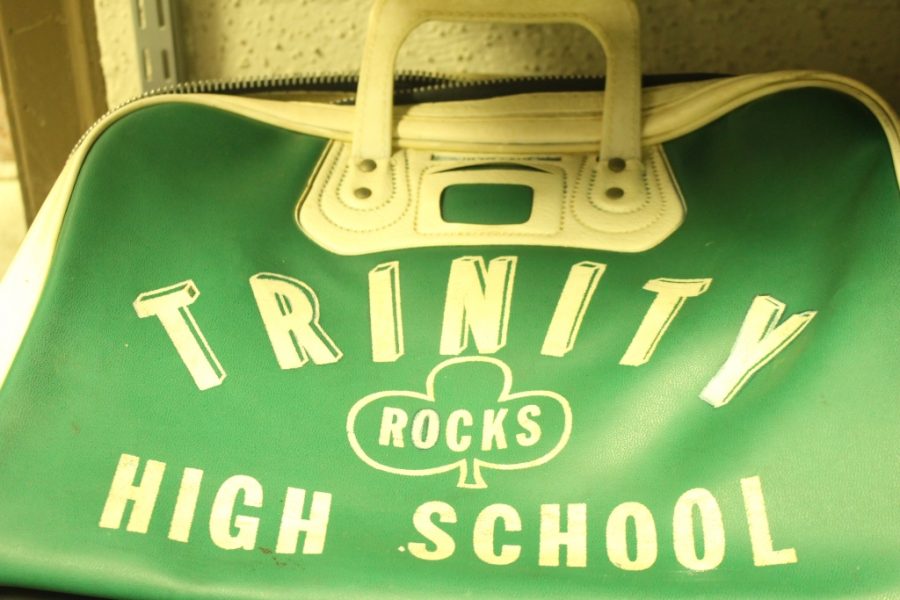An Enduring Spirit Through Sixty-Four Years of Growth
Trinity High School’s first class — 1953-54.
July 13, 2017
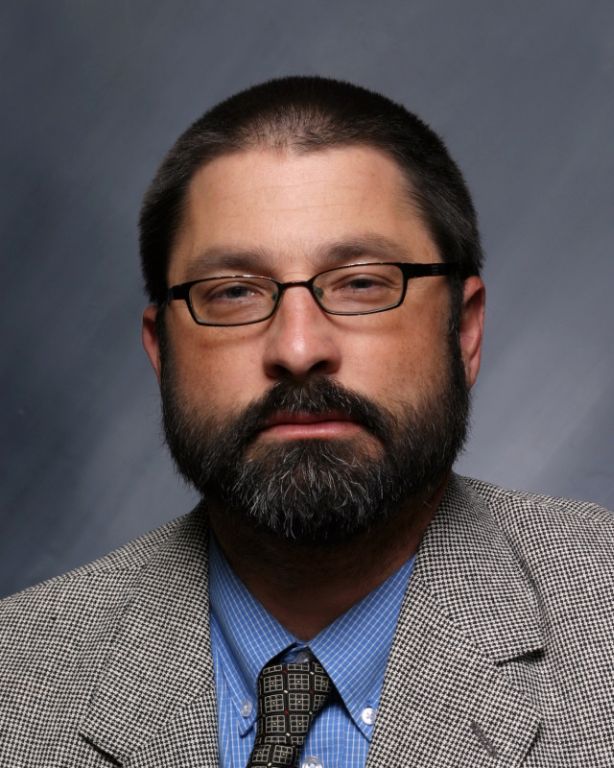
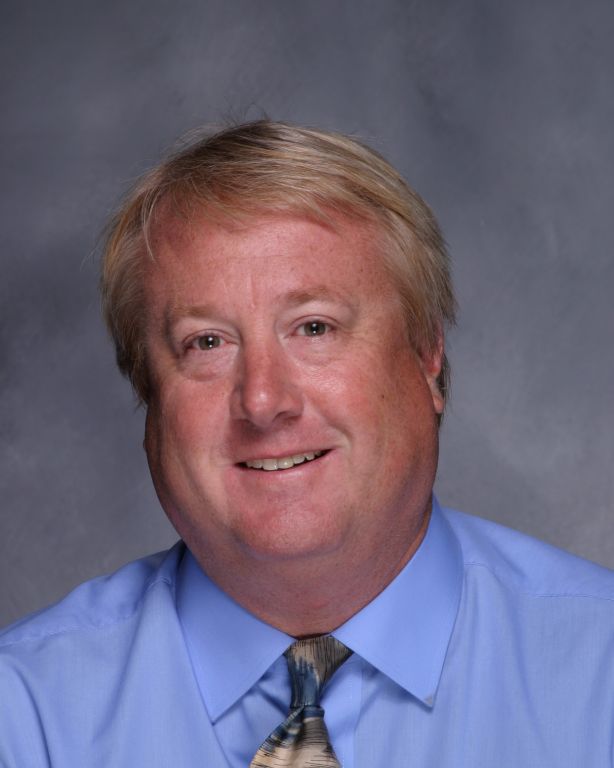
A barbed-wire fence surrounding a field on a small campus. This unflattering description of Trinity is decades in the past. For many years the Rocks’ campus has had a small-college look, with award-winning landscaping and new buildings, including a stadium that replaced that barbed-wire-enclosed field.
These are but a few of the many ways Trinity High School has changed since its opening in St. Matthews in 1953 with a class of 106 freshmen. The school was created because Bishop John Floersh told Monsignor Alfred Steinhauser that eastern Jefferson County needed an all-boys high school. Now Trinity has 1,200 students, 100 teachers, and 200 others who work on campus.
For some perspective on how long Trinity has been around, the 1958 yearbook (the school’s second) was called the “Shamrocket” due to the Soviet Union’s Sputnik and the United States’ Explorer and Vanguard early space ventures.
The Trinity colors were decided by the first graduating students, the Class of 1957 — celebrating its 60th class reunion this year — green from St. Xavier and white from Flaget, the two older Catholic schools.
A number of faculty members who graduated from Trinity spoke about the changes they have seen over the decades.
Trinity Chaplain Father David Zettel, 1958 graduate, who has taught and served as a priest at the school for half a century, said, “In the beginning we didn’t have much of anything. It was pretty basic. Now we have a lot of sophistication.”
Originally, there were five buildings on campus, two of which remain — Old Trinity Hall and the house Flaget Hall.
The culture of Trinity has changed in some ways over the years. Teacher and former director of students Mr. David Aberli, a 1975 graduate who has worked at Trinity for 37 years, said, “We’re a much more welcoming school now.”
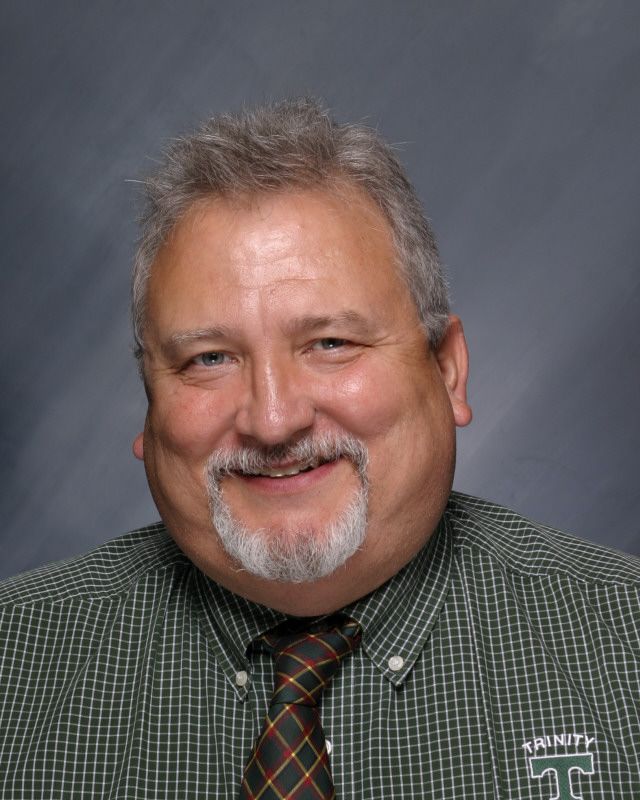

He said freshmen in those days were called “greenies.” Though that name was in good fun, the movement toward “welcoming” freshmen has grown throughout the decades, with the introduction of the House system and annual events such as Rockin’ and the Academic Convocation, along with several orientation offerings.
Also during his time at Trinity, Aberli said, “There were a lot more (clergy in the) faculty” during the 1970s and before. Despite the loss of clergy, Aberli said the school’s emphasis on Catholicism is “not any less strong than it was back then.”
Zettel said, “Religion affiliation hasn’t changed. We’re about as Catholic as we can be. The buildings were changed, but the attitude is still the same. The brotherhood has always been strong.”
Among other changes, Zettel mentioned ways the theatre program evolved. Trinity’s 1950s “variety shows” became sophisticated plays. Artistic Director Mr. William P. Bradford II, who just retired after 45 years leading the school’s Departement of Theatre Arts, passed the director position to Mrs. Kate E. Reedy. She produced this year’s plays, “The Warriors” and “The King and I.”
Trinity has also changed in multiple ways academically. One very important example is the institution of block scheduling instead of an eight-class-per-day schedule. Block scheduling is four classes every other day, alternating with four different classes.
Current theology teacher and 1985 THS graduate Mr. Mike Domzalski said of the schedule, “I think it makes for better spacing and is more like college. I can’t imagine students or teachers ever going back.”
Mr. John Baldwin, a current math teacher and 1987 graduate, said, “(Block) makes a lot more sense than jamming all the classes into one day.”
Another example of major academic change is the number of class offerings. Of the schedule used before block, Zettel said, “Course choices were very limited.”
Domzalski said, “(With block) there’s a lot more options; there’s a lot more electives available.”
In terms of religious curriculum, Domzalski said, “The biggest change is the move to requiring four theology credits. At one point we required three and a half. We increased the credit requirement, which we could do in part due to block schedule.”
Along with class variety, there have been major additions to the number of clubs and activities. When he was a student, Aberli said, “There were just 10 extracurricular clubs that I remember.” Now in any given year there are approximately 90 clubs.
Another change is the current requirement of students to complete 15 hours of volunteer service work. Zettel said in the ’50s service work didn’t exist. He said, “Now there’s a lot more outreach.”
Another major addition Domzalski and Baldwin mentioned was technology. Technology has greatly impacted research and teaching in general. Trinity students use their own devices and the school’s computers on a daily basis. Trinity first offered computer-related classes in 1982.
Baldwin said, “The wealth of information you have is amazing.”
Aberli said, “When we did calculations, we used a slide rule. A lot of things we take for granted, especially technology.”
In the area of fashion since the 1980s, the dress code has not changed much. Domzalski said, “There’s always new rules, but the basic (rules have) been pretty standard.”
The basic code involves wearing a tie, dress shirt, belt, dress shoes and dress pants. Aberli said, “We didn’t have the hair-length rules, just neat and well-groomed. In the 1980s they tightened up the hair rules.”
The code in the 1950s was different, “dress casual,” according to Zettel. He said, “It wasn’t very strict.”
Trinity has also seen changes in athletics; the sports offerings have increased dramatically.
Back then, Aberli said, “We were just coming into our own in sports. St. X and Flaget dominated the Catholic sports teams; back then we were the underdogs.”
Trinity is now one of the top teams in all sports. The list of athletics opportunities has grown over the years as well, now offering 13 KHSAA and five club sports.
Overall, changes at Trinity have been regarded as positive. Aberli said, “I wouldn’t stick it out this long if there was anything negative. A lot of people work at this place called Trinity because they love it.”
Domzalski said, “There’s nothing I can think of being negative. Trinity has always been smart about change; for example, we spent a few years making the block schedule change.”
Ultimately, Trinity’s goals have not changed — “to forge men of faith and men of character.”
Baldwin said, “The goal is the same. Trinity is an excellent environment you don’t find too often.”
Aberli said, “It’s always been that. That same Trinity spirit is here today that was here when I went to high school.”
Zettel said, “(Monsignor) Steinhauser wanted an atmosphere to make American Catholic gentlemen. Now is just a more profound version of that.”
